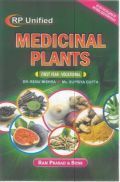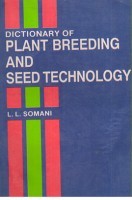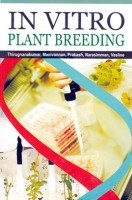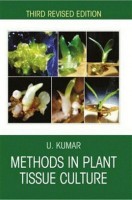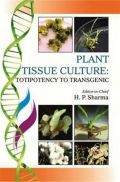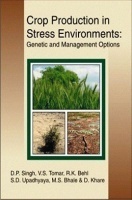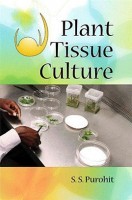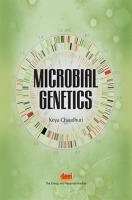This book Useful for Genetics, Plant Breeding.
1. Wheat (Triticum aestivum L)
2. Rice (Oryza sativa)
3. Maize (Zea mays L)
4. Barley (Hordeum vulgare)
5. Sorghum (Sorghum bicolor. Moench)
6. Pearl Millet (Pennisetum americanum Leek R. Br.)
7. Pigeonpea (Cajanus cajan (L.) Millsp.)
8. Chickpea (Cicer arietinum L.)
9. Fileldpea (Pisum sativum L.)
10. Mungbean (Vigna radiata (L.) Wilczek)
11. Urdbean (Vigna mungo L. Hepper)
12. Lentil (Lens culinaris Medik)
13. Cowpea (Vigna unguiculata L.)
14. Rapessed-Mustard (brassica Sp.)
15. Soyabean (Glycine max. L. Merr.)
16. Groundnut (Arachis hypogaea)
17. Sunflower (Helianthus annuus L.)
18. Safflower (Carthamus tinctorius L.)
19. Castor (Ravines communis L.)
20. Linseed (Linum usitatissimum L.)
21. Seasame (sesamum indicum L.)
22. Niger [Guizotia abyssinica (L. F.) Cass]
23. Cotton (Gossypium hirsutum L.)
24. Jute and Allied Fibre Crops
25. Potato (Solanum tuberosum L.)
26. Sugarcane (Saccharum Spp.)
27. Tomato (Lycopersicon esculentum Mill.)
28. Okra [Abelmoschus esculentus (L.) Moench]
29. Berseem (Trifolium alexandrinum L.)
30. Oats (Avena sativa L.)
31. Napier Grass (Pennisetum purpureum Schumach)
32. Tobacco (Nicotina tabacum L.)
33. Opium Poppy (Papaver somniferum L.) (An Ancient Medicinal Plant)
34. Biometrical Techniques
Appendix







